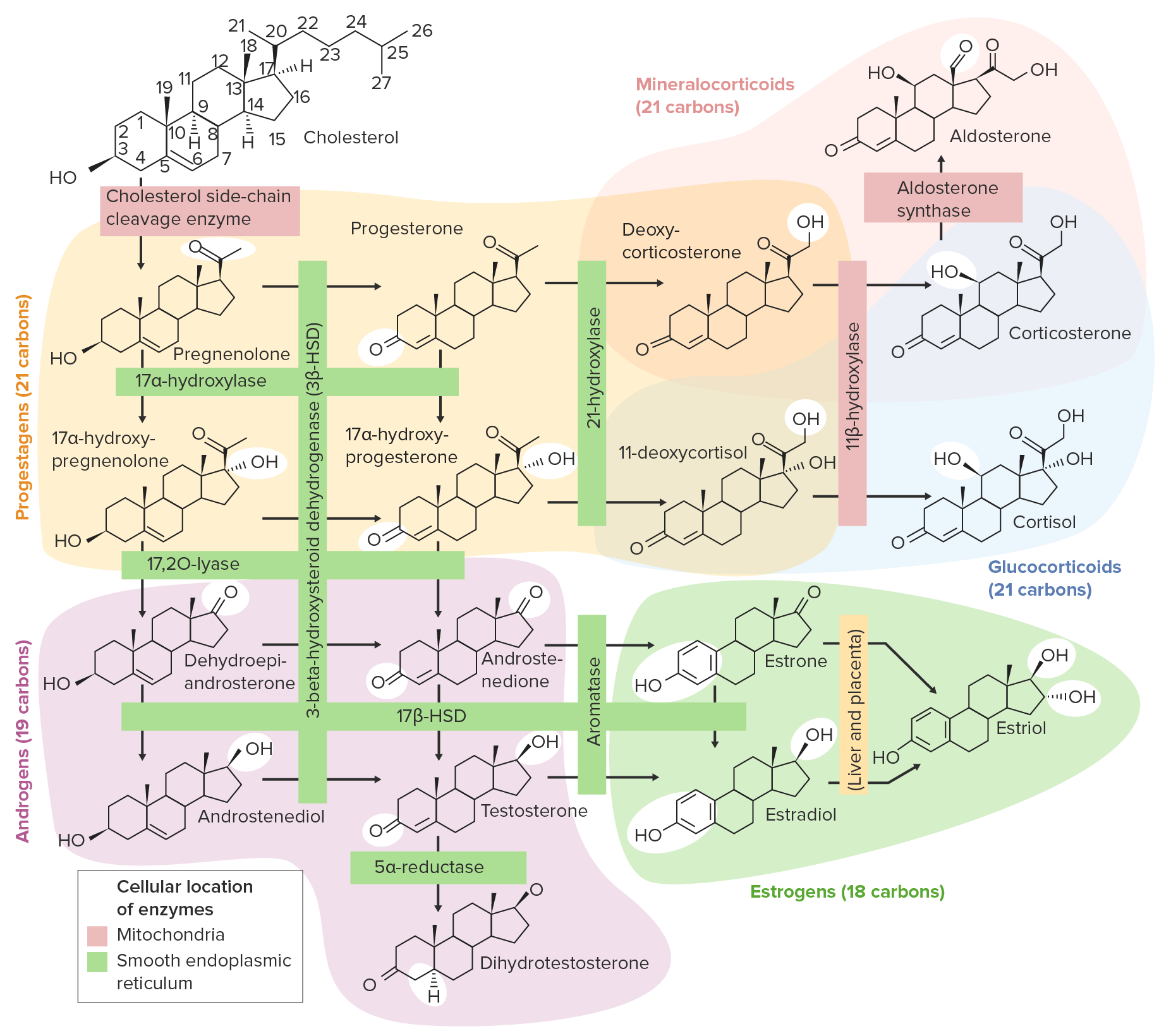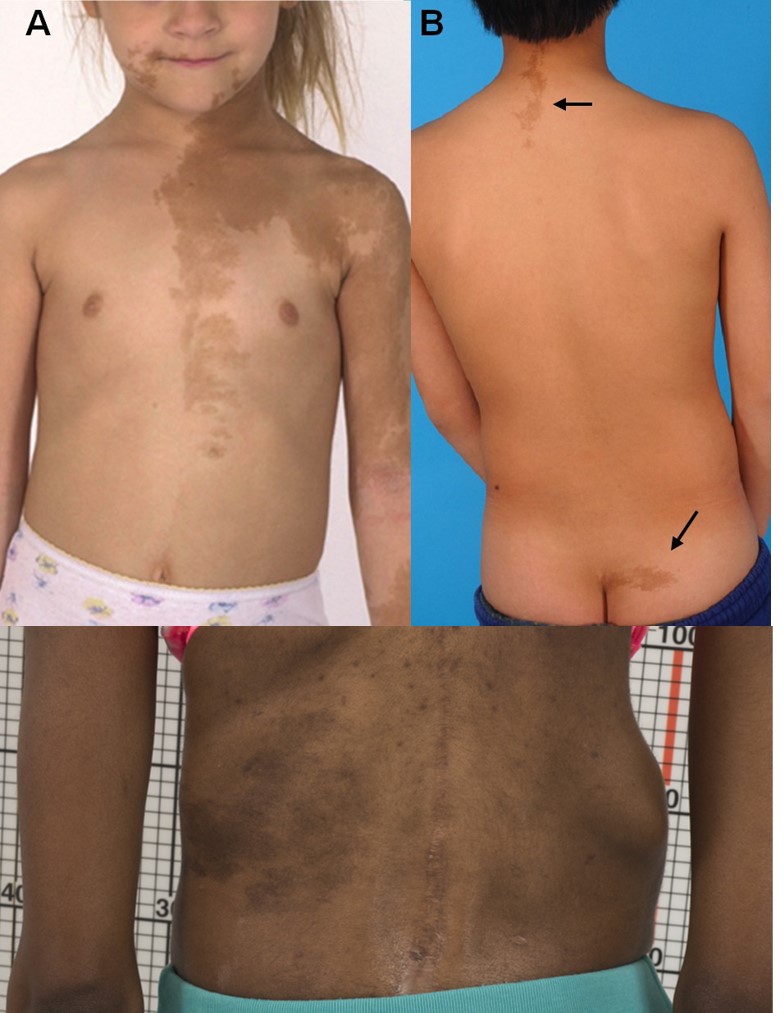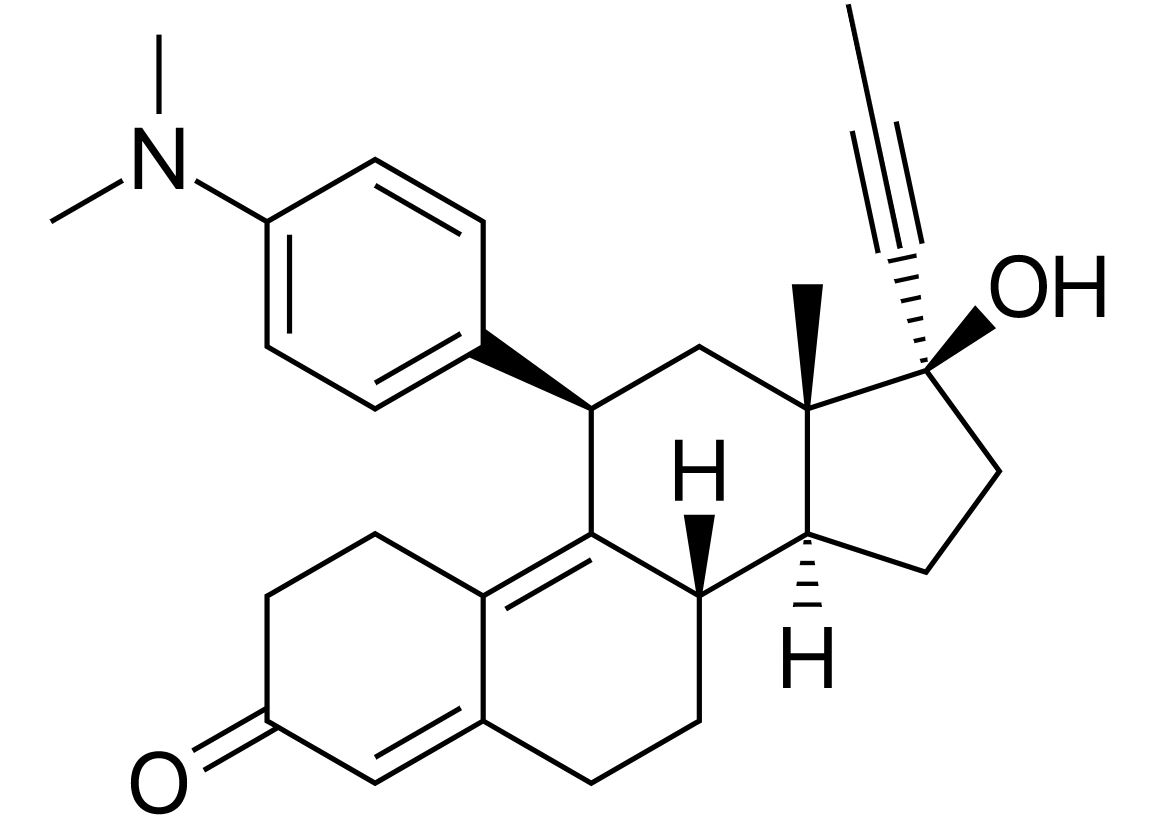Playlist
Show Playlist
Hide Playlist
Questions and Case Studies – Reproductive Pharmacology
-
Slides Questions Case Studies Reproductive Pharmacology.pdf
-
Reference List Pharmacology.pdf
-
Download Lecture Overview
00:01 Let's go on and do a question. 00:03 Let's start off with question number one. 00:05 A 20-year-old woman presents to the emergency department 24 hours after intercourse without birth control and requests an oral emergency contraceptive. She would like the most effective oral option to prevent pregnancy. Which of the following is the best choice for emergency contraception? Anwer A, ulipristal Acetate (UPA), is is the correct answer because it is the most effective oral emergency contraceptive available. It can be taken within 120 hours (5 days) after unprotected intercourse, making it highly versatile. The pregnancy risk after taking UPA is between 1.2% and 1.8%, but this risk increases to 2.6% for women with a BMI of 30 or higher. 00:51 B. Levonorgestrel is another oral EC option but is slightly less effective than UPA. It is most effective when taken within 72 hours after intercourse. LNG has the advantage of being available over the counter without a prescription, which increases accessibility. The pregnancy risk with LNG is around 1.7% to 2.6%, rising to 5.8% for women with a BMI of 30 or more. C. The Yuzpe method, which involves taking combined oral contraceptives, is considered outdated. Its effectiveness ranges from 56% to 86%, and it tends to produce more side effects compared to other methods. 01:32 Despite these drawbacks, its low cost and widespread availability can make it a viable option in rural areas where access to other methods may be limited. 01:41 D. Ethinyl estradiol is not used alone for emergency contraception. It is typically part of a combined oral contraceptive regimen but lacks standalone efficacy in this context. 01:54 E. Mifepristone can be as effective as LNG for emergency contraception; however, lower-dose formulations (10-50 mg) used for EC are not available in the U.S. The higher doses (200-300 mg) available are intended for medication abortion and management of pregnancy loss, and their use is subject to restrictions. 02:16 It’s important to note that the copper intrauterine device (IUD) is the most effective method of emergency contraception, with a pregnancy risk of just 0.1%. It can be considered for women who are not at high risk for sexually transmitted infections and who desire long-term contraception. 02:35 So, it is now the treatment of choice in this situation. 02:41 Let's move on to the next question. 02:43 Which drug is an effective treatment for a man with stage III prostate cancer? Is it, A, leuprolide; B, stanazolol; C, anastrozole; D, a testosterone patch; or E, finasteride? Good for you. 03:03 You chose leuprolide. 03:06 Now, the other agents are not appropriate. 03:08 Stanazolol is an anabolic steroid. 03:11 Testosterone patch is not appropriate in this case. 03:14 You may actually exacerbate prostate cancer. 03:17 And finasteride is a 5-α-alpha inhibitor, so it's more used for hair loss than it is for prostate cancer. 03:26 Let's move on to the next question. 03:28 A SERM is a drug that, A, works on both the estrogen and progesterone receptors B, acts as both an estrogen antagonist and an estrogen agonist; C, acts as both an estrogen antagonist and a testosterone antagonist; D, acts as both an estrogen antagonist and an LH antagonist; or E, acts as both an estrogen antagonist and an FH antagonist. 04:00 Good for you. 04:01 It acts as both an estrogen antagonist and an agonist. 04:06 It is a confusing set of drugs to look at because you're acting both to block and to activate a receptor, and it sometimes can get very confusing. 04:14 Just remember drugs like tamoxifen tend to be estrogen receptor blockers in breast tissue and agonists in uterine tissue. 04:23 Tamoxifen is associated with an increased risk of uterine pathology, particularly benign endometrial polyps, which are the most common type. In postmenopausal patients, there is an elevated risk of endometrial hyperplasia and carcinoma, while premenopausal patients do not seem to have the same increased risk of endometrial cancer. Clinical manifestations of uterine pathology often include abnormal uterine bleeding (AUB) or incidental findings on imaging. Therefore, patients experiencing abnormal bleeding may require imaging studies and endometrial biopsies to assess for pathology. Well, that's it. 05:04 That's the end of our lecture. 05:05 I'm sure that you're going to do really well on your exams. 05:08 Good luck.
About the Lecture
The lecture Questions and Case Studies – Reproductive Pharmacology by Pravin Shukle, MD is from the course Reproductive Pharmacology. It contains the following chapters:
- Case Study 1: Reproductive Pharmacology
- Question 1: Reproductive Pharmacology
- Question 2: Reproductive Pharmacology
Customer reviews
5,0 of 5 stars
| 5 Stars |
|
5 |
| 4 Stars |
|
0 |
| 3 Stars |
|
0 |
| 2 Stars |
|
0 |
| 1 Star |
|
0 |






